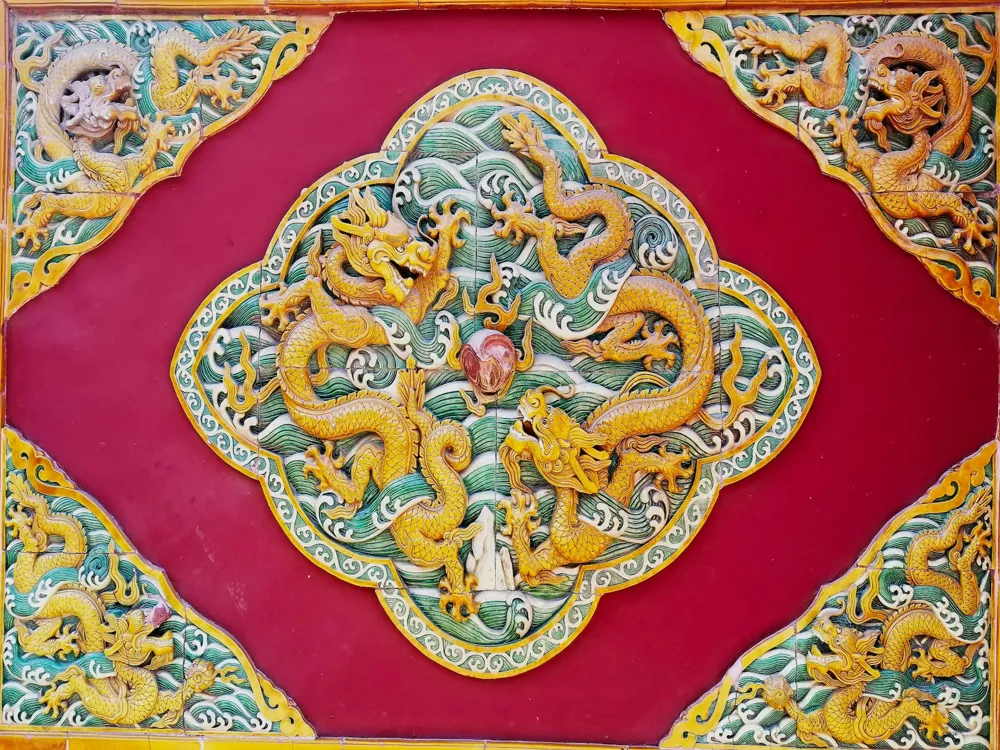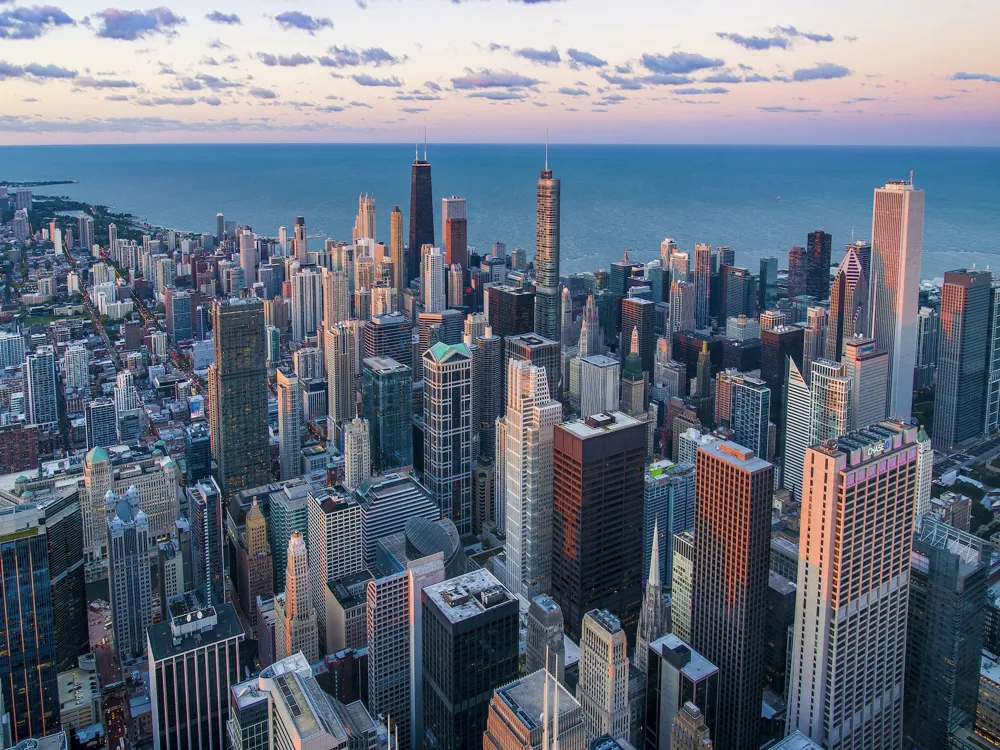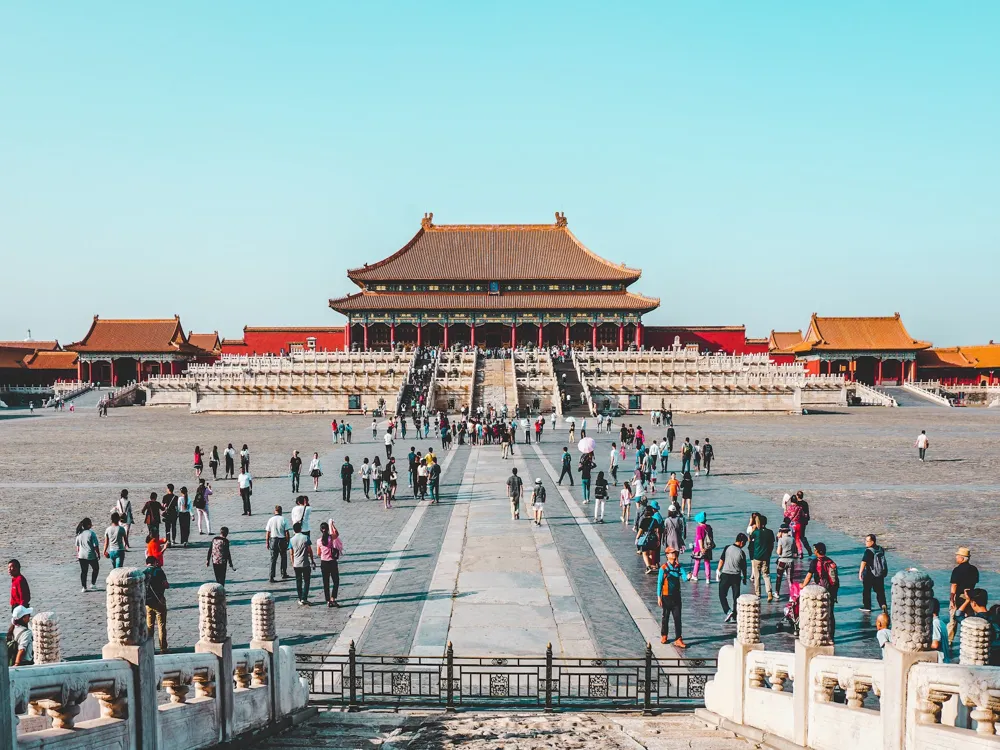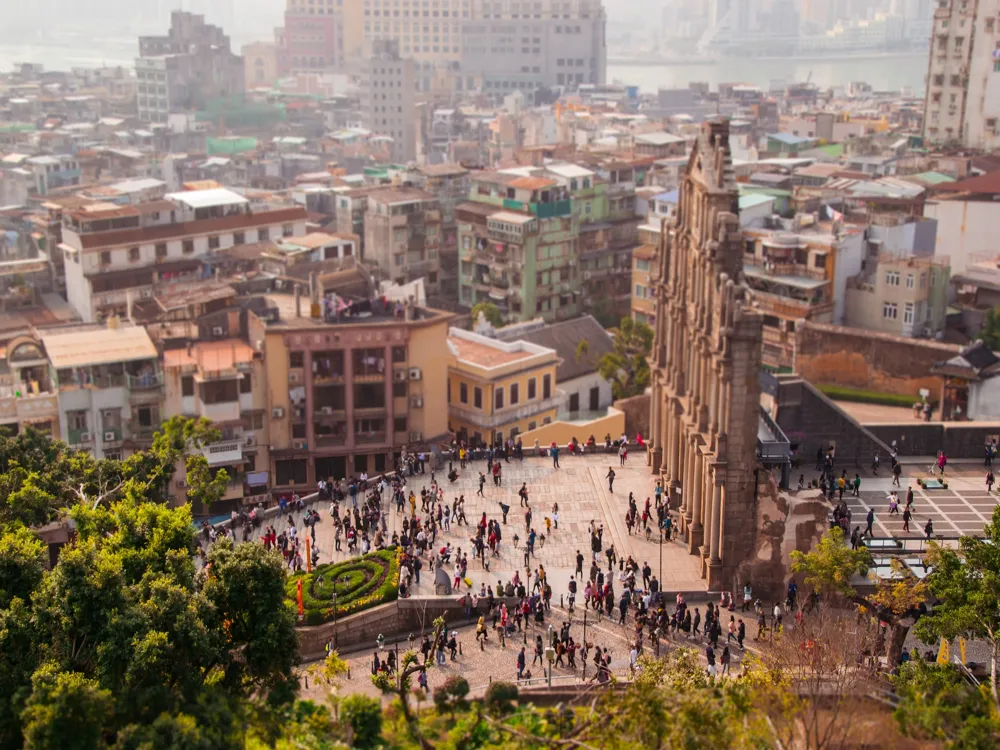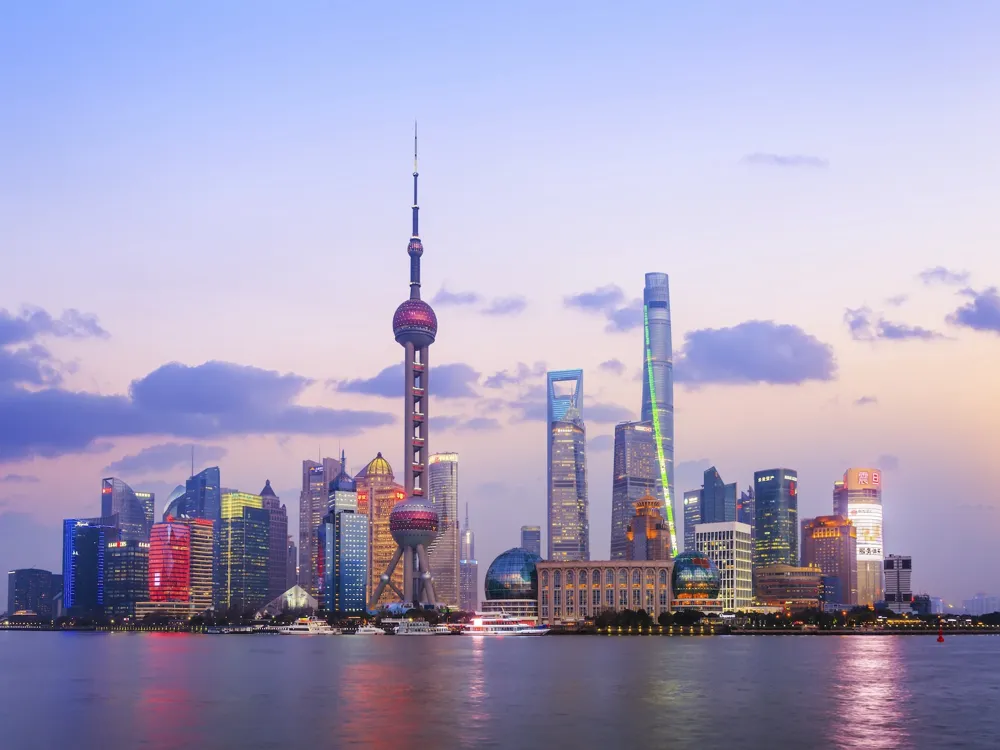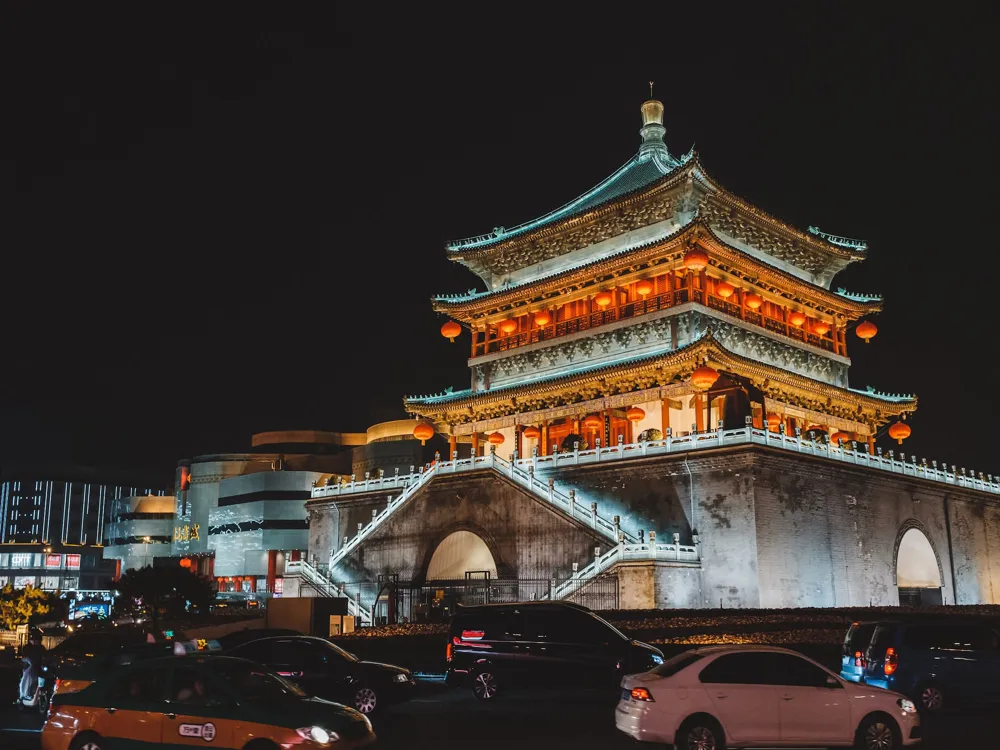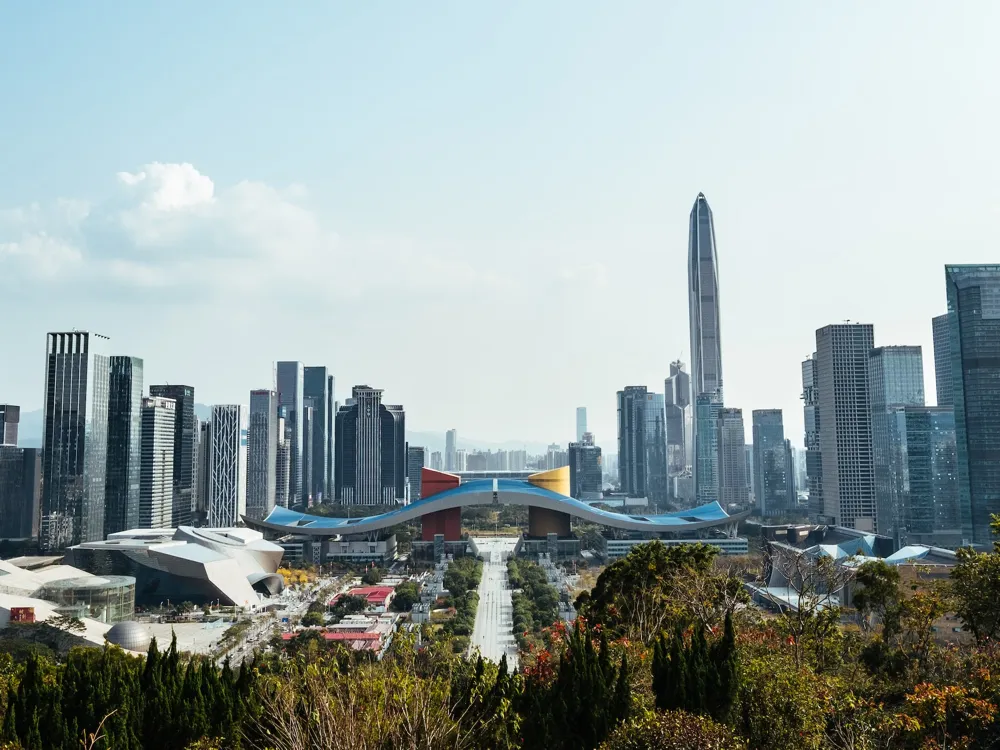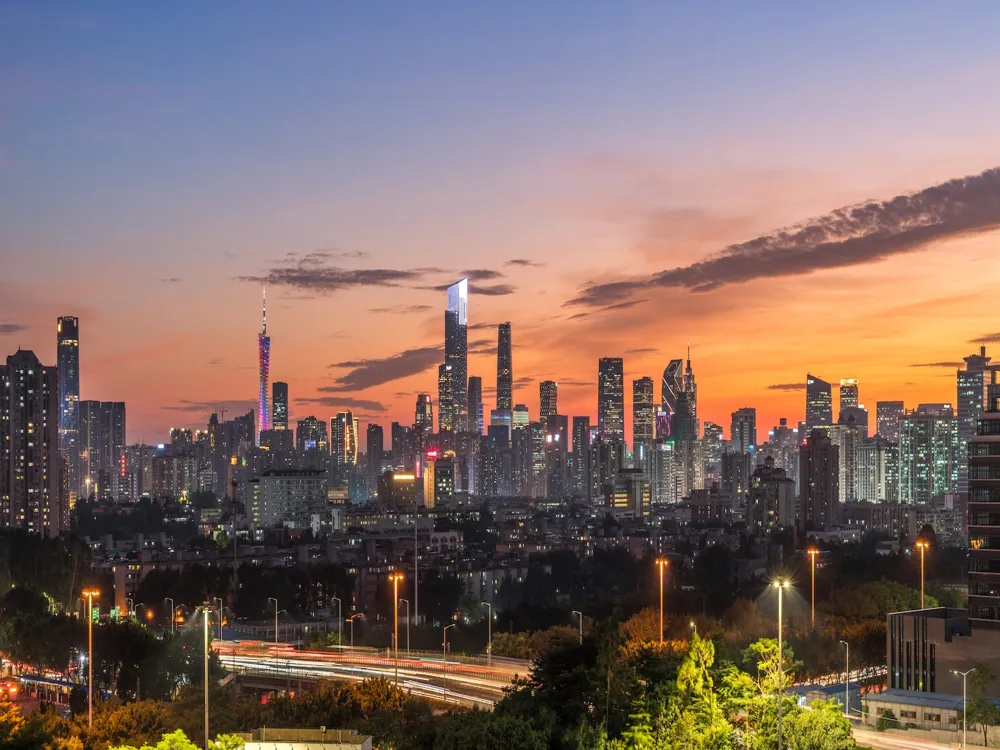The Forbidden City, a monumental historic complex in the heart of Beijing, stands as a pinnacle of traditional Chinese architecture and cultural heritage. Spanning over 180 acres and comprising nearly 1,000 buildings, it was the imperial palace for 24 emperors during the Ming and Qing dynasties, from 1420 to 1912. This UNESCO World Heritage Site, also known as the Palace Museum, encapsulates the political and ceremonial center of Chinese power for nearly five centuries. The architecture of the Forbidden City is a testament to the ingenuity and artistry of ancient Chinese craftsmen, characterized by its wooden structures, golden roofs, and intricate carvings, all set within a meticulously planned layout. The Forbidden City not only serves as a symbol of Beijing's historical significance but also as a repository of centuries-old Chinese art and culture. The Forbidden City is an architectural marvel, reflecting the essence of traditional Chinese architectural principles. Designed according to Feng Shui and cosmological beliefs, the complex is a microcosm of the universe, harmonizing man-made structures with the natural world. The city is encased within a massive wall and a moat, symbolizing its unassailable nature. At the heart of the complex lies the Hall of Supreme Harmony, the largest wooden structure in China, where major ceremonies were held. The design elements, such as the intricate roof decorations, dragon motifs, and use of the color red, symbolize imperial power and prosperity. The layout of the Forbidden City is based on the traditional Chinese concept of balancing Yin and Yang, with a perfect symmetry that reflects the emperor's supreme status in the cosmic order. The architecture is not only a visual spectacle but also a representation of ancient Chinese philosophy and royal power. When planning a visit to the Forbidden City, it's essential to consider the time of year and day. The best times to visit are during spring and autumn, as the weather is more pleasant. Arrive early to avoid the crowds and ensure enough time to explore the vast complex. The Forbidden City is enormous, so wearing comfortable shoes is a must. Consider renting an audio guide or downloading a map app to navigate the complex efficiently. Accessibility services are available for visitors with disabilities. Photography is allowed in most areas, but using flash inside the buildings is prohibited to preserve the artifacts. Respect the historical significance of the site by following all posted rules and guidelines. While the central axis contains the main attractions, exploring the side halls and gardens can provide a more tranquil experience and a deeper understanding of the palace's history. The Forbidden City is located in the center of Beijing and is easily accessible by public transport. The nearest subway stations are Tiananmen East and Tiananmen West on Line 1. Buses also service the area, and taxis are readily available. Visitors should enter through the Meridian Gate on the south side, as the north gate is typically used for exit.Overview of the Forbidden City in Beijing
Architecture of the Forbidden City
Tips When Visiting the Forbidden City
Planning Your Visit
Navigation and Accessibility
Photography and Etiquette
Exploring Beyond the Main Path
How To Reach the Forbidden City
Forbidden City
Beijing
NaN onwards
View beijing Packages
Weather :
Tags : Museum
Timings : April - October: 8:30 AM - 5:00 PM,
November - March: 8:30 AM - 4:30 PM,
Last entry 1 hour prior to closing,
Closed on Monday during September - June
Entry Fee : November - March: CNY 40,
April - October: CNY 60,
Clock Exhibition Hall: CNY 10,
Hall of Jewellery: CNY 10,
Audio tour: CNY 40
Planning a Trip? Ask Your Question
Beijing Travel Packages
View All Packages For Beijing
Top Hotel Collections for Beijing

Private Pool

Luxury Hotels

5-Star Hotels

Pet Friendly
Top Hotels Near Beijing
Other Top Ranking Places In Beijing
View All Places To Visit In beijing
View beijing Packages
Weather :
Tags : Museum
Timings : April - October: 8:30 AM - 5:00 PM,
November - March: 8:30 AM - 4:30 PM,
Last entry 1 hour prior to closing,
Closed on Monday during September - June
Entry Fee : November - March: CNY 40,
April - October: CNY 60,
Clock Exhibition Hall: CNY 10,
Hall of Jewellery: CNY 10,
Audio tour: CNY 40
Planning a Trip? Ask Your Question
Beijing Travel Packages
View All Packages For Beijing
Top Hotel Collections for Beijing

Private Pool

Luxury Hotels

5-Star Hotels

Pet Friendly





